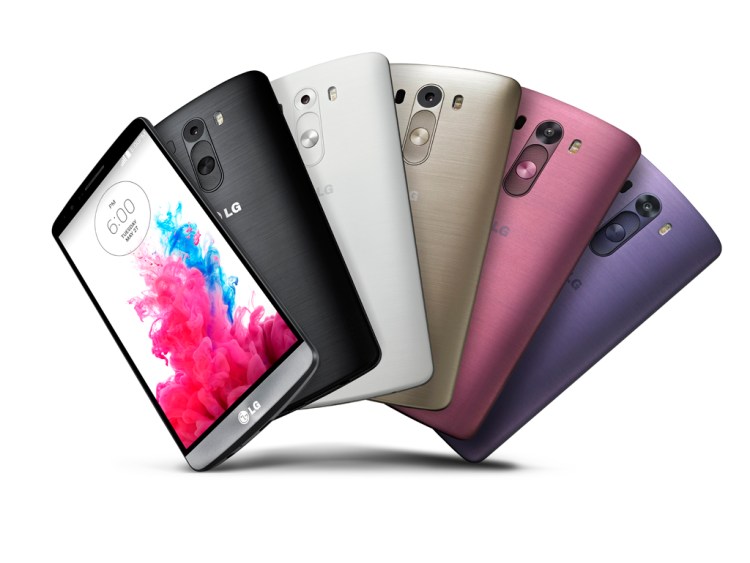NEW YORK — In its battle to take on the seemingly unstoppable Samsung, LG has added even more crazy features to its latest flagship Android phone.
The G3 is yet another big and powerful Android phone, with a 5.5-inch screen and a modern quad-core processor. But it aims to separate itself from the pack with some unique camera features, including a laser-powered autofocus which lets you snap photos more quickly. It’s also the first phone to offer a “Quad HD” display, which offers twice as much resolution as current Android phones with 1080p screens.
Like Samsung and HTC, LG is also focusing on simplifying its hardware and software this year. The G3’s new design has sleeker lines than past models. Its software has also been redesigned with a new “flat” look (which seems to be all the rage these days). It also sports a big, removable 3,000 mAh battery.
Also like its Android competitors, LG has paid special attention to its flagship’s 13-megapixel camera. It keeps the optical image stabilization (OIS) from last year’s model, which makes it easier to take photos in low light and reduce shakiness in video. (Notably, HTC removed OIS from its new One phone, and Samsung has yet to implement it in its Galaxy S series.)
LG is also the first company to implement the aforementioned laser autofocus, which allows the camera to take photos almost instantly after clicking the shutter. It’s a feature even most DSLRs don’t include, so it’ll be interesting to see if it really helps LG leap ahead in camera quality.
At the company’s London launch event today (which I viewed via a satellite event in New York), James Marshall, LG’s head of marketing in Europe, made a big point of trying to justify the G3’s quad HD screen. Its huge 5.5-inch screen has a 2,560 by 1,440-pixel resolution, which is four times as many pixels as 720p displays and double that of 1080p displays. But it’s getting increasingly difficult to discern higher resolutions in small screen displays, so most people likely won’t see the additional pixels.
Marshall blew up several images on stage to point out that such a high-resolution display has fewer visible pixels than other smartphones. But, of course, that misses the point. It’s easy to see pixels when they’re projected on a giant screen. Marshall’s demonstration did nothing to prove that the G3’s Quad HD display means much to normal consumers.
It’s getting tougher every year for Android phone makers to find new ways to make their devices stand out. Last year, LG moved its volume and power buttons to the rear of the phone. It was a distinctive choice — you easily recognize an LG phone in the wild — but it came at the cost of usability. I didn’t care for the rear buttons in LG’s Flex phone either, so it’s a shame to see them highlighted once again in the G3.
LG says it has “optimized” the position of the G3’s rear power and volume buttons, but for me the biggest problem was having the buttons on the back of the phone in the first place.
Once again, LG is left trying to catch up to Samsung and HTC. Both of those companies already debuted their new Android phones to (mostly) high acclaim. While some of the G3’s new features are appealing, I’m not sure it’s enough to sway consumers this time around.
The big question for LG now: How long can it keep playing catch-up?





